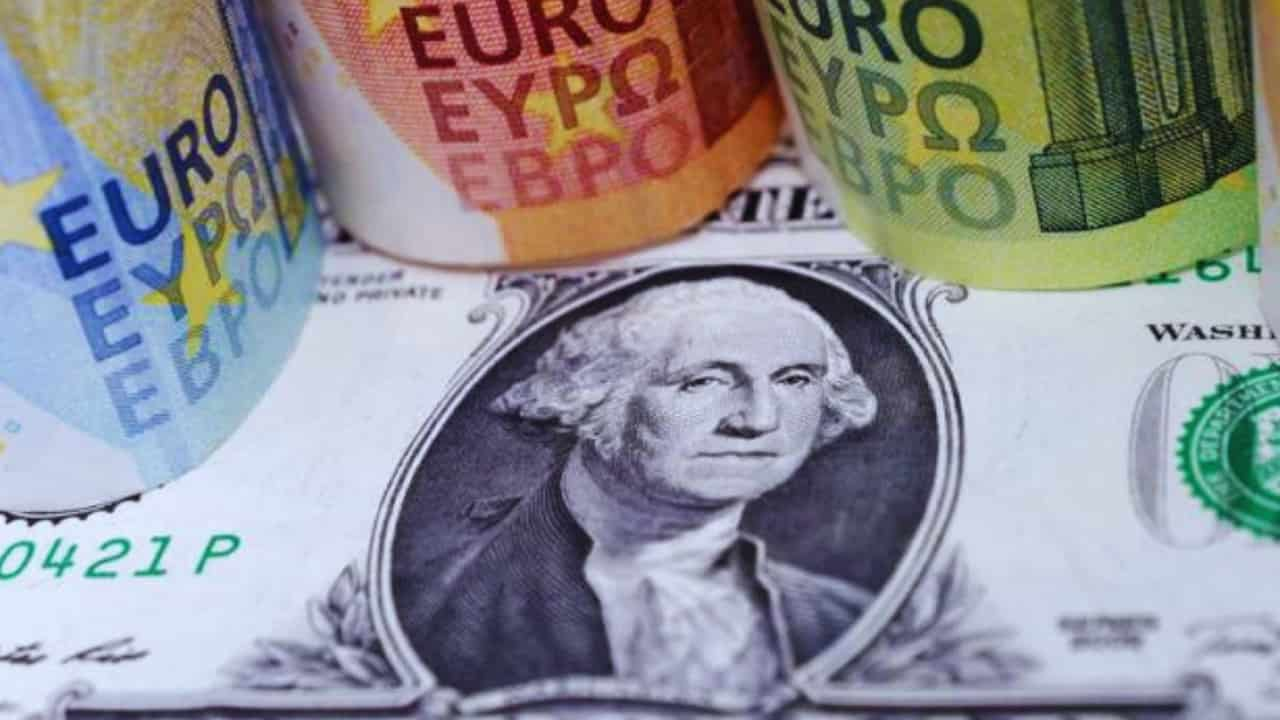The dollar rally pauses as the euro and yen stage a strategic comeback.
A dramatic shift in the global currency landscape has seen the U.S. dollar halt its impressive three-month peak against major rivals, while both the euro and Japanese yen are showing signs of recovery. As your market correspondent, I’m here to break down today’s fascinating developments in the forex arena.
The story begins with the Federal Reserve’s stance on interest rates, which continues to shape market sentiment. Unlike previous expectations of aggressive rate cuts, traders are now betting on a more measured approach. This shift in thinking comes as no surprise, given the stream of strong U.S. economic data that keeps rolling in.
Breaking down the numbers, the euro managed to climb 0.2% to reach $1.0799, showing remarkable resilience after hitting its lowest point in nearly four months at $1.07612. This rebound comes despite ongoing challenges in the Eurozone, where business activity remains sluggish.
Kenneth Broux, a leading voice at Societe Generale, puts it plainly: “We’re seeing a small bounce, but let’s not get too excited.” He points out that markets are still expecting the European Central Bank (ECB) to cut rates further, a move that could impact the euro’s strength in the coming months.
The political landscape is adding another layer of complexity to the market dynamics. The upcoming U.S. elections are casting a long shadow over trading decisions, with many investors factoring in the possibility of a Trump victory. Such an outcome could bring about policies that might push prices higher, including new tariffs.
In Japan, the currency story takes an intriguing turn. The Japanese yen found its footing after reaching a concerning low of 153.19 against the dollar. What sparked this change? Japan’s finance minister stepped in with a stern warning about possible intervention, putting traders on high alert.
All eyes are focused on this Sunday’s election in Japan, which presents the ruling coalition with its most challenging challenge to date. Prime Minister Shigeru Ishiba’s government might lose its parliamentary majority, according to recent polls. This political uncertainty adds another wrinkle to the Bank of Japan’s careful planning for monetary policy changes.
Governor Kazuo Ueda of the Bank of Japan is navigating a delicate situation. While acknowledging the need to hit their 2% inflation target, he’s advocating for a careful, step-by-step approach to any policy changes. However, he’s also worried about moving too slowly, which could encourage traders to push the yen even lower.
Looking ahead, market experts such as Shoki Omori from Mizuho Securities suggest that the dollar could potentially test the 160 yen level, but government intervention remains a significant risk in this scenario.
The British pound has also shown some strength, rising 0.3% to approach the $1.30 mark. This comes after hitting a two-month low of $1.29080 just yesterday.
For investors and market watchers, these currency movements reflect a complex web of factors: central bank policies, political uncertainties, and economic indicators all playing their part in this global financial dance. As we move forward, the key will be watching how these various elements continue to influence trading patterns and market sentiment.
Remember, in the ever-changing world of forex trading, today’s ceiling could become tomorrow’s floor. Stay tuned for more updates as these currency stories continue to unfold.
